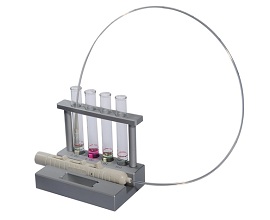What is Wireless Capsule pH Monitoring?
Wireless capsule pH monitoring is a test for patients suffering from acid reflux. Acid reflux refers to stomach acid riding up or flowing from the stomach into the oesophagus (food pipe). It is also called gastro-oesophageal reflux disease (GORD). This can lead to unpleasant symptoms of heartburn, regurgitation, chest pain, sore throat, cough, sickness and vomiting. Acid reflux can lead to inflammation in the oesophagus (oesophagitis) and sometimes cause a condition known as Barrett’s oesophagus.
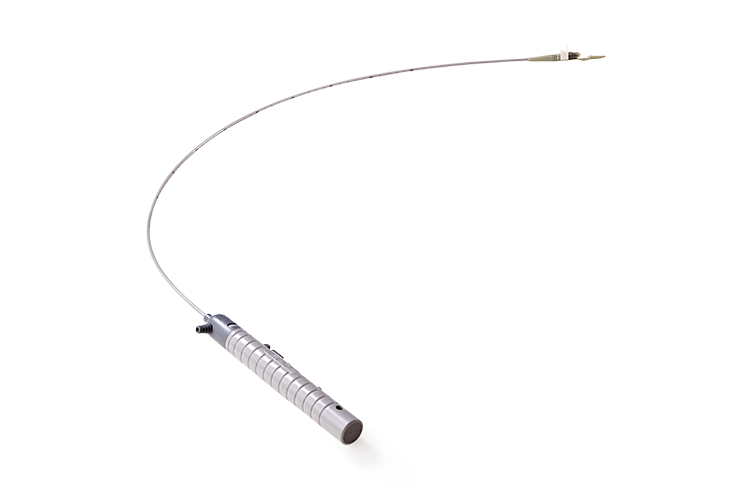
The procedure involves performing a routine gastroscopy procedure with an additional 5-10 minutes for the wireless pH capsule to be placed. After the gastroscopy has been performed, a thin wire with the pH capsule is passed through the mouth into the oesophagus and the pH capsule is carefully placed in the lower oesophagus. This is done by painlessly clipping the pH capsule to the lining of the oesophagus and then withdrawing the wire. The pH capsule can remain in place for up to 96 hours and records data regarding the amount of acid which rides up into the oesophagus. It has the advantage of obtaining precise and accurate objective information regarding acidity levels in the oesophagus and offers significant advantages over nasal catheter pH monitoring.
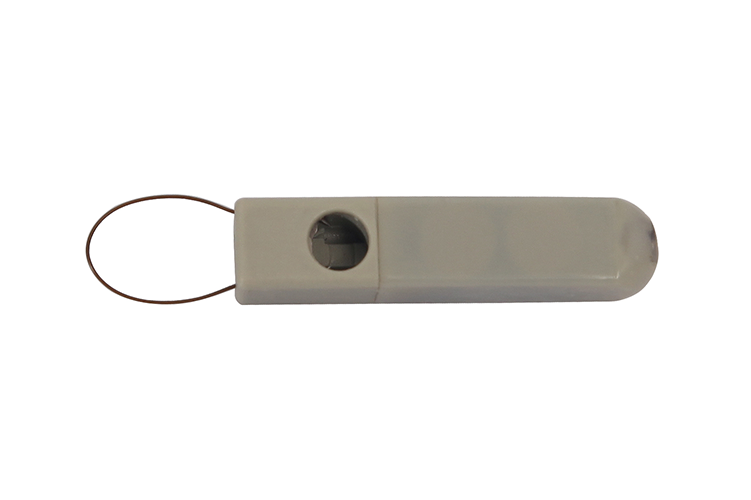
Advantages and Alternatives to Wireless Capsule pH Monitoring
Gastroscopy and wireless capsule endoscopy pH monitoring is an incredibly safe, painless and relatively simple test. Unlike conventional pH monitoring systems which use nasal catheters in left in place for a whole day, patients are left feeling unaware of the data monitoring and as a result more likely to maintain their regular lifestyle, activities and diet. This provides Dr Goel with results representing a more realistic profile of the frequency and severity of the acid reflux.
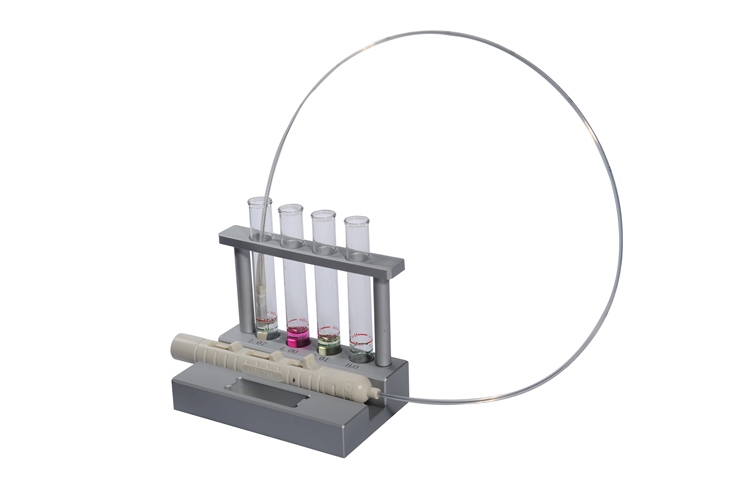
Wireless capsule pH monitoring during gastroscopy offers significant advantages including:
- Simple, safe and easy-to-perform
- Well-tolerated and non-invasive (compared with nasal catheter pH monitoring, which can be uncomfortable and visible)
- Better objective analysis and results regarding acid reflux and correlation with patient’s day to day activities and lifestyle factors such as meals and sleeping
- Continued monitoring for 48 hours and up to 96 hours (contrasting with 24-hour ambulatory nasal catheter pH monitoring)
- No follow up catheter removal procedure required
- In-depth analysis can help guide management, eg. If anti-reflux surgery is being considered
- Enables individually tailored treatment regarding lifestyle factors and medication timings
Preparing for Wireless Capsule pH Monitoring
Please ensure you tell Dr Goel and the endoscopy team before the day of the procedure if you:
- Have any swallowing problems
- Have had any abdominal surgery
- Are diabetic
- May be pregnant
- Have a cardiac pacemaker
- Have a implantable cardiac defbrillator
It is important that the stomach is empty to enable an optimal examination and allow clear views. Therefore, you should avoid eating or drinking anything for at least 6 hours before the procedure. This is usually achieved by an overnight fast as the procedure is usually carried out in the morning. Do not take any medications for at least two hours prior to the examination.
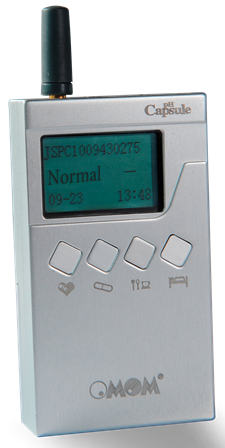
Medication Advice
Usual medications can be continued up till the procedure, however, specific precautions may be taken in some cases. If taking any blood-thinning drugs (e.g. Clopidogrel, warfarin, apixaban), it is particularly important to discuss these with Dr Goel or your nurse beforehand so appropriate advice can be given. In some cases the accuracy of the test (such as checking for the presence of Helicobacter Pylori) may be affected by certain medications particularly antibiotics and antacid treatments, such as omeprazole (Losec), pantoprazole (Protium) and ranitidine (Zantac). Please discuss this with Dr Goel or your nurse in advance of your test and also mention any allergies you may have beforehand.
The Wireless Capsule pH Monitoring Procedure
Upon your arrival, you will be greeted by a member of staff who will help you prepare for your procedure. Your nurse will ask you a few pre-assessment questions and you should inform them of your medications, allergies and any potential concerns. You can ask any questions to ensure you understand the procedure. If not already done beforehand, you will be asked to sign a consent form. Patients with false teeth will be asked to remove them temporarily for the procedure. The procedure starts with Dr Goel spraying your throat with a local short-acting anesthetic spray to gently numb the throat. You will also be given an intravenous sedative to help you relax and may make you feel drowsy or sleepy. A nurse will stay with you throughout the procedure and a small device will monitor your breathing and pulse. A small mouthpiece will be placed between your teeth to keep your mouth open and the endoscope will then be passed down the throat and into the stomach. This does not affect your breathing and should be painless but can be slightly uncomfortable. Some patients may gag or retch slightly which is quite normal. To feel most comfortable, try not to talk during the test and to focus on breathing slowly through your nose. A thin wire with the pH capsule is then passed through the mouth and painlessly attached to the oesophageal lining in a simple process. The pH value within the oesophagus is monitored continuously for 48 hours and can be used up to 4 full days (96 hours). Data is transmitted wirelessly to a discreet external data recorder (about the size of a mobile phone), which is worn in a shoulder strap or belt. The data recorder can also be taken off and continues to wirelessly capture data, eg. when sleeping or bathing. After the gastroscopy, you can leave department and go home or carry out your daily activities. You can eat and drink as normal including taking any medications. You will be asked to return to the department in 48-96 hours and the equipment and receiver will be taken from you. The examination data is then downloaded to a computer and analysed by computer software. This data is sent to Dr Goel who will intepret it and write a detailed report of the pH monitoring findings and offer tailored treatment such as lifestyle and medical therapy.
Sedation and Anaesthesia
The gastroscopy and wireless capsule endoscopy pH monitoring are performed using a throat spray local anaesthetic in combination with an intravenous sedative. Sedation makes the procedure comfortable and reduces anxiety. Sedation often makes you drowsy after the procedure and you will require an escort to take you home. You will have the opportunity to discuss your preference with Dr Goel before your procedure. Following the procedure, Dr Goel will explain the results of your procedure and answer any questions you may have. It is always advisable to arrange a follow-up appointment to discuss findings (and any awaited biopsy results), particularly if you are tired and drowsy following the procedure as you may not recall what is said. You will be monitored in a recovery bay until the medication has worn off. After sedation, you should avoid driving or operating heavy machinery for 24 hours after the procedure. Your escort will be asked to accompany you home when you are ready to leave the department. Sedation is very safe, however, there is a very small risk of over-sedation and with any medication there is a small risk of side-effects.
Risks of Wireless Capsule pH Monitoring
Wireless capsule pH monitoring is incredibly safe and complications are very rare. The overall complication rate is approximately 1 in 10000 cases. Possible complications include damage to dental work, drug allergies, making a small hole in the gastrointestinal tract (perforation), bleeding and over-sedation. Very rarely, the pH capsule can fail to deploy or record accurately which is not dangerous but can result in an inaccurate test. The test can be more stressful for patients with heart or lung disease and this should be discussed with Dr Goel beforehand. Dr Goel will always ensure any investigation is safe and appropriate for you. Any risks of the procedure will be discussed with you and you will be fully informed beforehand.


